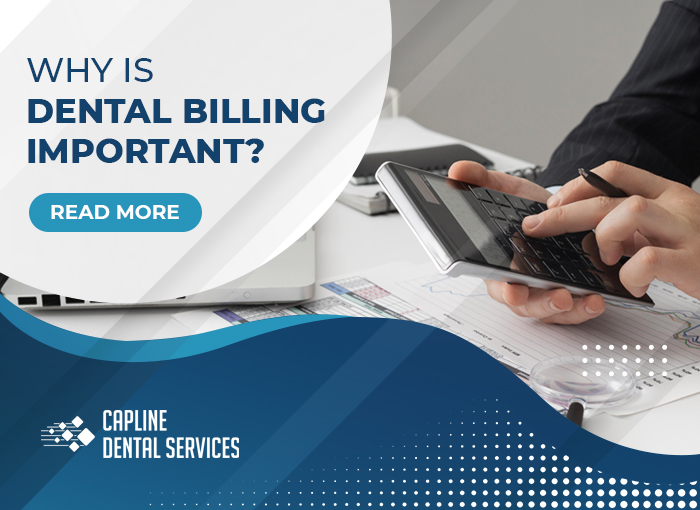
Dental billing can make or break your dental practice. It is a complex process, and even the slightest error can cause huge revenue loss. It is vital to entail what dental billing is and the scope of the process, as it is a determining factor in the practice's cash flow.
Dental billing is submitting the claim to the insurer for timely reimbursement per the patient's insurance plan. The health of your billing system is a team sport. That also ensures the correct CDT codes while submitting the claim and ends when the provider receives the payment from the insurer. However, it comprises many steps, and even the slightest miss results in payment delays from the insurer.
Your practice likely works from the clinical team to the provider to the billing administrator to fulfill all the components that can help optimize the revenue cycle. Periodontal charting, radiographs, clinical notes, etc., ensure you have up-to-date information that allows you to submit an accurate claim and get timely paid. Another challenging step is verifying the claim information, including the insurance information, subscriber information, and CDT codes.
Claims denied due to missing or incorrect claim information are unnecessary delays in the payment.
As per statistics, nearly 65% of dental practices participate in dental insurance. Around 50% of the adult population in the United States utilize dental insurance for their treatment. Hence, the dental billing process is key in revenue cycle management. On average, a dental practice loses nearly 9 percent of the collectible revenue in the dental billing process, regardless of the size of the dental practice.
That is a common source of confusion, so it is beneficial to have dental billing professionals in your corner. Doing a good job requires expert-level knowledge of the coordination of benefits, patient payment responsibility, calculation of write-offs, documentation for specific procedures, updated codes, how to appeal denied claims, posting all payments promptly, and reports.
Ensure that your team has an understanding of the billing process that includes:
Know your patient and do not assume that the patient always knows what amount they have to pay. Sometimes they get confused by their insurance plans, deductibles, copays, etc.
Always have some option for the payment to avoid follow-up over the phone or email.
The most common mistakes found in a claim form are as
That can affect the financial health of the dental practice.